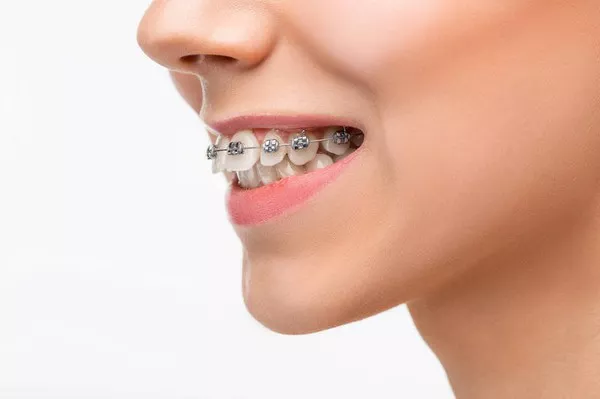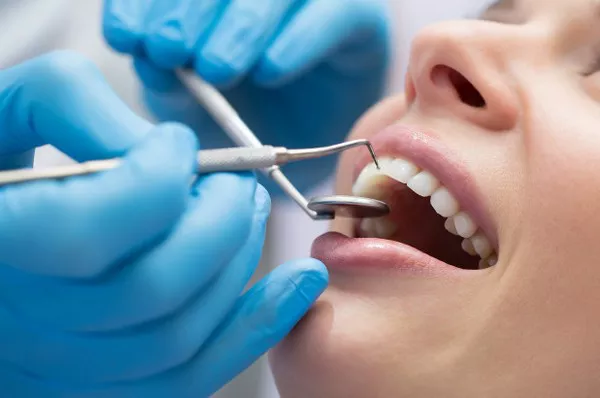Dental wax is a valuable tool for individuals with braces, orthodontic appliances, or dental work. It serves as a protective barrier that helps prevent irritation and discomfort caused by brackets, wires, or rough edges. However, there may be instances where you find that your dental wax is not sticking as effectively as it should. In this article, we will explore the common reasons why dental wax may not adhere properly and offer practical solutions to ensure it stays in place, providing you with the relief you need during your orthodontic journey.
Understanding Dental Wax
Dental wax, often made from a blend of natural waxes, is a pliable and soft material. It is designed to be shaped and applied to orthodontic appliances, such as braces, to create a smooth surface that minimizes friction and reduces the risk of oral sores and irritation. Dental wax is a temporary solution that can be easily removed and replaced as needed.
Common Reasons Dental Wax May Not Stick
Moisture: One of the primary reasons dental wax may not adhere properly is moisture. If your braces or orthodontic appliance is wet or has residual saliva on the surface, the wax will struggle to stick effectively. Moisture can create a barrier between the wax and the appliance, preventing it from adhering securely.
Dirty or Oily Surface: A clean and dry surface is essential for proper wax adhesion. If your braces or dental work are dirty or covered in oils from food, it can be challenging for the wax to stick. Wax adheres best to surfaces that are free of debris and oil.
Wax Temperature: Dental wax is more pliable and easier to work with when it’s slightly warm. If the wax is too cold or too hard, it may not adhere well. To improve its stickiness, warm the wax between your fingers before applying it.
Improper Application: The way you apply dental wax matters. If you don’t press it firmly enough onto the surface of your braces or dental appliance, it may not stick properly. Ensure that you mold the wax firmly and evenly over the area you want to protect.
Wax Quality: The quality of dental wax can vary between brands and products. Some waxes may be more prone to not sticking as effectively as others. Choosing a reputable brand and quality dental wax can make a difference.
Wax Composition: Dental wax can come in different compositions, including silicone-based and natural wax-based. Some people find that silicone-based wax adheres better in certain situations, so experimenting with different types may be helpful.
Tips for Ensuring Dental Wax Sticks Properly
Now that we’ve explored the reasons why dental wax may not adhere properly, let’s discuss practical solutions to ensure it sticks effectively:
Dry the Area: Before applying dental wax, make sure the area around your braces or dental work is completely dry. Use a clean tissue or cotton swab to remove any moisture or saliva.
Clean Your Appliance: Brush your teeth and clean your braces or dental appliance thoroughly to remove any debris or food particles. A clean surface is more conducive to wax adhesion.
Warm the Wax: Warm the dental wax between your fingers to make it more pliable and easier to mold. Softened wax adheres better to your appliance.
Proper Application: Take your time when applying the wax. Ensure you mold it securely over the area that needs protection, applying gentle pressure to ensure it adheres well.
Use a Mirror: When applying dental wax to hard-to-reach areas, use a mirror to help you see and ensure proper placement.
Consider Silicone-Based Wax: If you find that traditional dental wax is not sticking well, consider trying silicone-based alternatives. Some individuals have better results with these types of wax.
Replace As Needed: Dental wax is a temporary solution, and it can wear down over time. Replace it as needed to maintain its effectiveness in providing relief.
Conclusion
Dental wax is a valuable tool for individuals with braces or dental work, offering relief from irritation and discomfort. If you find that your dental wax is not sticking as effectively as it should, consider the factors discussed in this article and follow the practical tips provided to ensure proper adhesion. Remember that maintaining a dry, clean surface and using quality dental wax are key to its effectiveness. With the right approach, you can make your orthodontic journey more comfortable and minimize the risk of oral sores and irritation.
Related Topics:





























